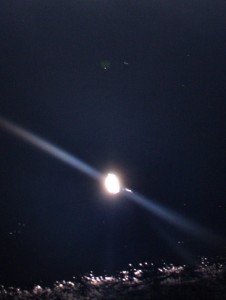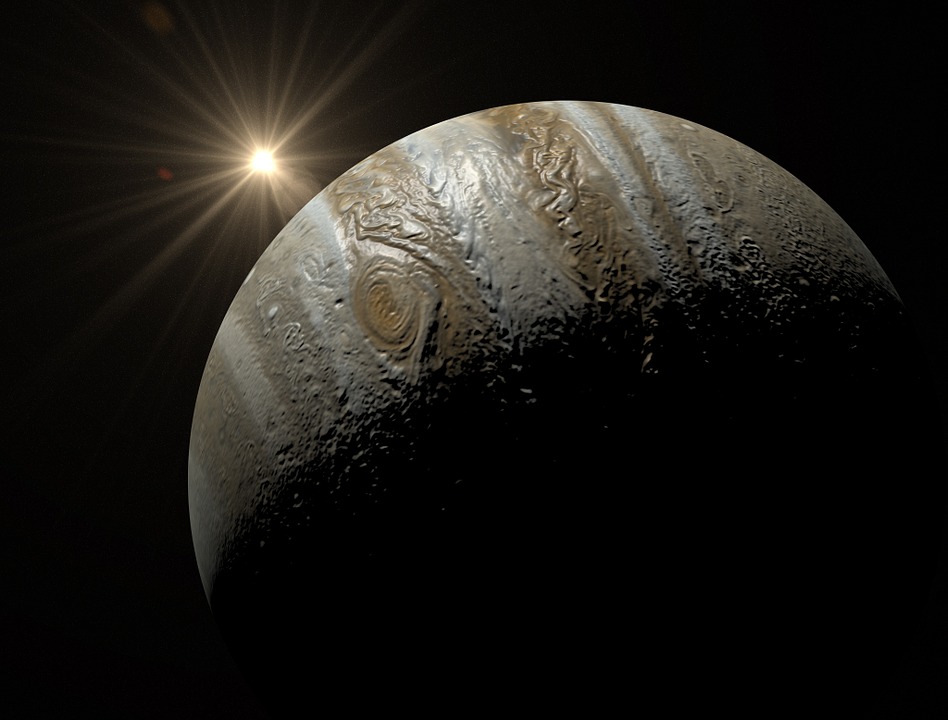After launching in 2011, Juno, the unmanned NASA spacecraft charged with uncovering the secrets behind Jupiter’s formation and evolution, entered into the gas giant’s orbit earlier this week. Juno will hang around Jupiter’s atmosphere studying fluctuations in gravity, visualizing the magnetic field, and taking some pretty epic pictures for all of us back on earth, for about a year.
None of this would be possible without the Jovian Auroral Distribution Experiment (JADE), which will study Jupiter’s Auroras by measuring electrons and ions in the planet’s atmosphere.
The making of Juno: Minnesota’s role
And none of that would be possible without polyetheretherketone (just call it PEEK), a semi-crystalline organic polymer thermoplastic that is incredible strong, incredibly light, and incredibly resistant to ultraviolet radiation. It’s a necessary piece of JADE, and a good portion was made right here in Minnesota by Diversified Plastics Inc., a Brooklyn Park-based company that provides a “full-service plastic injection parts manufacturer providing prototyping, manufacturing and assembly.”
That’s a lot of jargon… what’s important is that there is a probe floating around Jupiter making groundbreaking discoveries that wouldn’t exist without the help of a Minnesota company.
Most notably, Diversified Plastics created an insulated shield that will prevent electrical arcing. They also molded PEEK around aluminum rings, and produced a dozen metal inserts in their Design Tool and Engineering division.
Okay, so Juno is only a little bit Minnesotan. But you know, one small step and all that.
The prevention of electrical arcing is crucial to the mission, as Jupiter’s magnetic atmosphere could very easily send electric shocks through any electrically conductive material (like the metal hull of a spacecraft) and fry Juno’s computers. And if that happened, well, the mission would be a bust. No more studies, and no more cool pictures for us.
And for those wondering why a mission to a poisonous, gassy planet known for being uninhabitable to humans is so important in the first place, it can be summed up pretty easily: the current theory is that our solar system more or less started with Jupiter, and by studying the planet (whether or not it is enriched with water, whether or not it has a core of rock, what type of minerals are in that rock, etc.) we will ultimately learn more about how the solar system, how planet earth, and how all of us humans, began.
One small step indeed.

